Choose another country or store view to see content specific to your location and shop online.
29 South Indian Wedding Traditions: Understanding the Bride and Groom's Attire for Each Day
29 South Indian Wedding Traditions: Understanding the Bride and Groom's Attire for Each Day |Feb 25, 2024
- Share
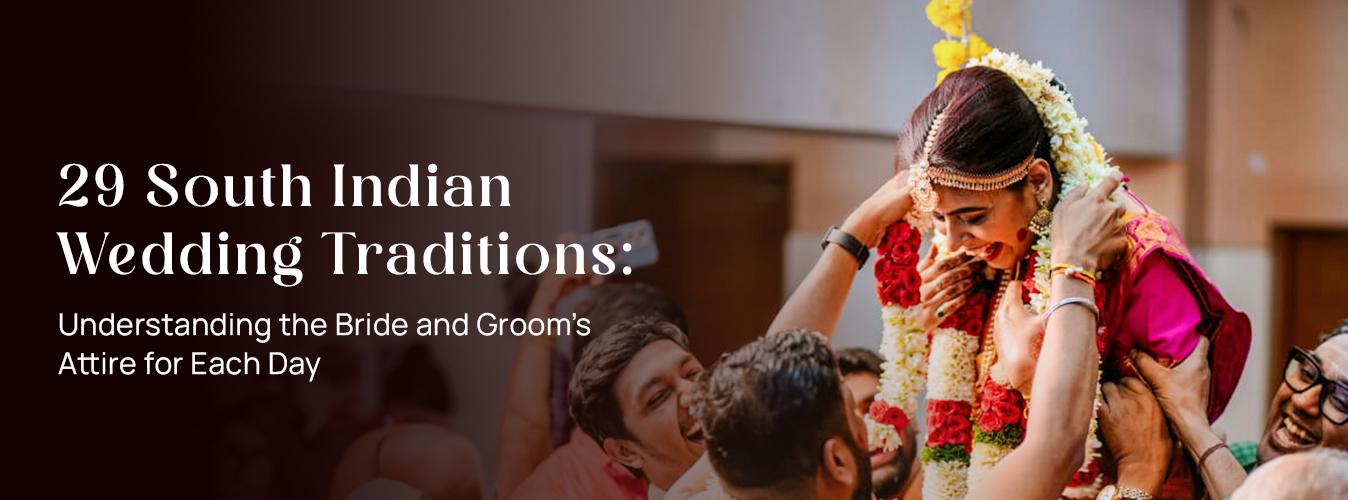
Marking the union of two loving souls, weddings are vibrant celebrations where the bond between the bride and groom transcends time. The beauty of the divine moment never dies, so it is worth celebrating with elegant attire. South Indian weddings are sequences of joyous celebrations embellished with rich customs and traditions. From Nichayathartham or engagement, to the reception, the bride and groom adorn themselves in colourful outfits, adding to the beauty of the moment. If you are keen on understanding the various traditions of South Indian weddings and the bride and groom’s costumes during these celebrations, here is all you need to know. You may also like to read: 1. Half Saree Function: Festivities of Femininity 2. 40 Types of Sarees: Celebrating the Vibrant Mosaic of Indian Textiles 3. 33 Saree Material Types: Understanding The Versatility of Saree Fabrics 4. 33 Types of Silk Sarees Popular in India - Masterpieces in Silk 5. 28 Lehenga Dupatta Draping Styles - Flaunt Your Dupatta Like a Pro 6. 85 Saree Blouse Designs From Runway to Everyday Nichayathartham, or the engagement ceremony, marks the beginning of the events. In this, the bride and groom formally announce their willingness to be together for a lifetime. The groom dresses up modestly in a Dhoti, Kurta or Sherwani. The bride elegantly represents herself in a traditional outfit like a saree, dhavani, or lehenga, adorned by precious jewellery that goes well with the attire. Another pre-wedding celebration symbolising the richness of South Indian tradition is the Haldi ceremony. This one is filled with fun and entertainment. Along with the bride and groom, everyone present at the function enthusiastically celebrates the day in the purity of haldi in yellow outfits. The bride adorns herself in a stunning yellow saree for haldi, yellow lehenga, half-saree, or salwar kameez, complemented by ornaments that resonate with the celebration's theme. The groom chooses minimal wear, like a kurta set. The purity of South Indian wedding customs is evident in the Mangala Snanam ceremony. In this, the bride and groom will be given a purifying bath to erase all negativities and prepare them for a fresh start. In this ceremony, the bride will be dressed up by her mother, sister, or other close relatives or friends. Dressing up the bride in a traditional pure Kanchipuram silk saree and adorning her in South Indian jewellery, they celebrate the joy of the upcoming event. Seeking blessings for a happy life ahead, the bride and groom perform the Ganapati and Gauri Pooja, represented in traditional outfits. The bride wears a Kanchipuram Sarees and the groom wears a kurta or traditional dhoti. This ritual honours the Nandi Devatas by installing branches adorned with pipal tree leaves. Five married women from the family perform this ritual. The members dress in traditional attire, especially in sarees. The Navagraha Puja is an important South Indian wedding tradition in which the planets are appeased for the couple to be blessed. The wedding ceremony commences with this ritual. A holy thread is tied around the bride's hands to protect her from evil eyes and spirits. As the groom is about to set into a new life, he worships the deities Indra, Soma, Chandra, and Agni. The Kashi Yatra is a ceremony where the groom pretends to set off for Kashi to attain celibacy, but the bride’s parents persuade him to return and marry their daughter. The groom sets off on the journey in an extremely modest outfit - a traditional dhoti, holding an umbrella, and taking rice and coconut as a snack. This ceremony marks the arrival of the groom at the venue. At the temple near the wedding hall, the bride's family and the groom's family arrive and the bride’s family gives the groom a new outfit. The procession leads the groom to the mandap, The bride and groom’s family arrive at the temple near the wedding hall. The bride’s parents offer the groom a new outfit and then lead him to the Kalyana mandap. This is a sacred ceremony when the bride’s mother washes the groom’s feet with water and pure ingredients like sandals and kumkum. Sometimes, it is the groom’s mother who performs this ritual. In this ritual, the fathers of the bride and groom face one another while the priest recites hymns to bless the couple. The wedding ceremony commences with the Malai Maatral. In the wedding mandap, the bride and the groom exchange garlands three times, symbolising the bride’s willingness to accept the groom as her husband. The bride, beautifully draped in a Kanchipuram saree and the groom, in a traditional dhoti, celebrates the moment with happiness. In Oonchal, or the swing ceremony, the bride and groom are seated on a beautifully adorned swing. The women around sing songs to cheer the couple and offer them bananas and milk. This ceremony is conducted as a puja for the groom, where the bride’s family presents food, clothes and other offerings to the groom and his family. The bride's parents wash the groom's feet in milk and wipe them clean with silk. Kanyadanam is the ritual in which the bride’s father hands over the bride to the groom. Following Kanyadanam, the groom accepts the bride and assures her father that he will take care of her throughout their lives, accompanying her in every walk of life. In this ritual, the bride and groom tie a thread to each other's hands. This is a religious ceremony that signifies that the bride and the groom are to be together forever. In South Indian weddings, the Maangalya Dharanam ceremony has great significance. The groom ties the Thaali or Mangala Sutra around the bride’s neck. According to belief, the Thaali protects the bride from evil eyes. Moreover, it is a symbol of lifelong commitment between the couple. When mantras are chanted in the background, the groom holds the bride’s hands. For the bride, it represents her willingness to surrender her heart to the groom, while for the groom, it symbolises his promise to be together with the bride for a lifetime. In Sanskrit, the word Sapta means seven and Padi means steps. In the Saptapadi ceremony, the bride and groom take seven steps together, where each step symbolises each vow of marriage. The wedding ceremony is considered to be completed only when the couple takes the seven steps together. This ritual is performed by the bride and groom to express their respect to Agni (fire), the spiritual witness of all auspicious events. The couple takes steps around the fire, pouring ghee and twigs from nine types of trees. This is one of the most important ceremonies in the South Indian wedding tradition. The groom holds the toe of the bride’s left foot on a grindstone when a mantra is chanted, wishing the bride to be as strong as the stone to handle all the challenges in her married life. During this ceremony, the groom shows the bride the star Arundhati from the Saptarishi constellation. This ritual has a mythological significance too, as Arundhati was the ideal wife of Sage Vasishta. The bride and groom in traditional outfits shine like stars, symbolising the beauty of the ritual. In the Laaja Homam, the bride offers rice grains to Agni (fire) and prays for the wellbeing of her husband. The bride’s family, especially her brother, also takes part in this ritual, symbolising the interwoven connection between the family members. To bless the happy couple, the elder members of the family shower them with rice grains coated in saffron and turmeric. To remove all evil eyes from the couple, the Mangala Aarthi ritual is performed. A plate with a lamp, turmeric, vermilion, and sandalwood is taken and circled around the couple, eliminating all negativity from the couple. As the special rituals come to a close, it is time for the bride to leave her home for the groom’s home. While entering the husband’s house for the first time, she kicks a bowl filled with rice kept at the doorstep. The wedding reception is when guests from both families arrive to visit the couple, congratulating them and giving them blessings and gifts. Enhance the delight of your special occasion with the vibrant saree collection from Mysore Saree Udyog. MSU’s extensive saree collection amazes you, making you look gorgeous at any event. Our vast collection of sarees makes each day delightful for you. Celebrate your special moments in style with Mysore Saree Udyog. South Indian Wedding Traditions: Marking Moments in Beautiful Attire
1. Nichayathartham
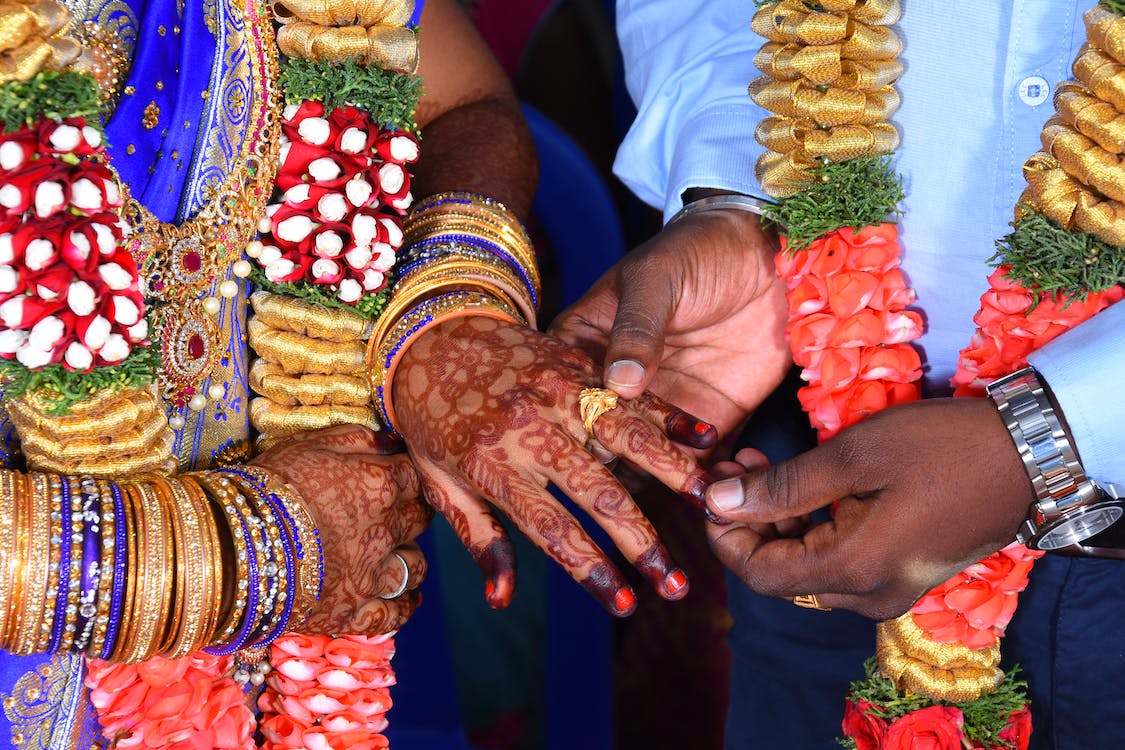
2. Haldi

3. Mangala Snanam

4. Pellikuturu or “Making of The Bride
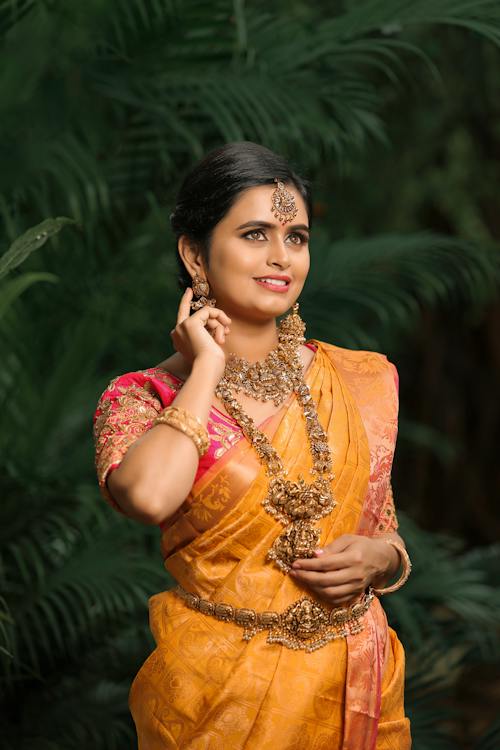
5. Ganapati and Gauri Puja
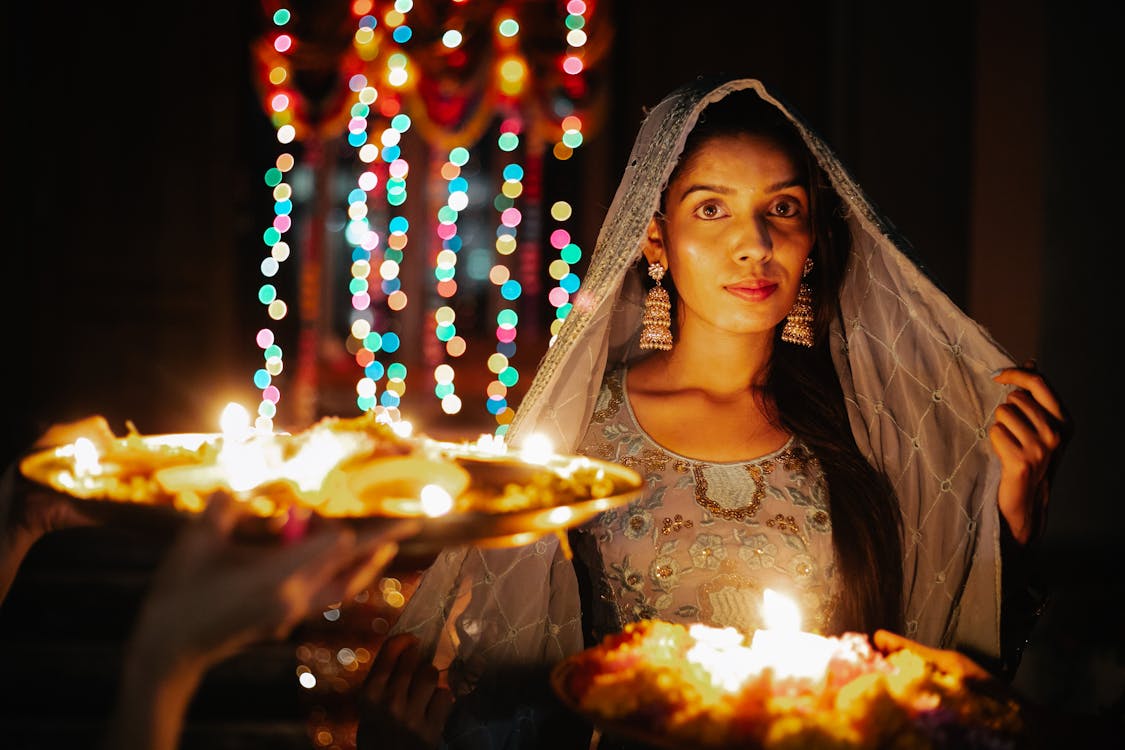
6. Nandi Devata Puja
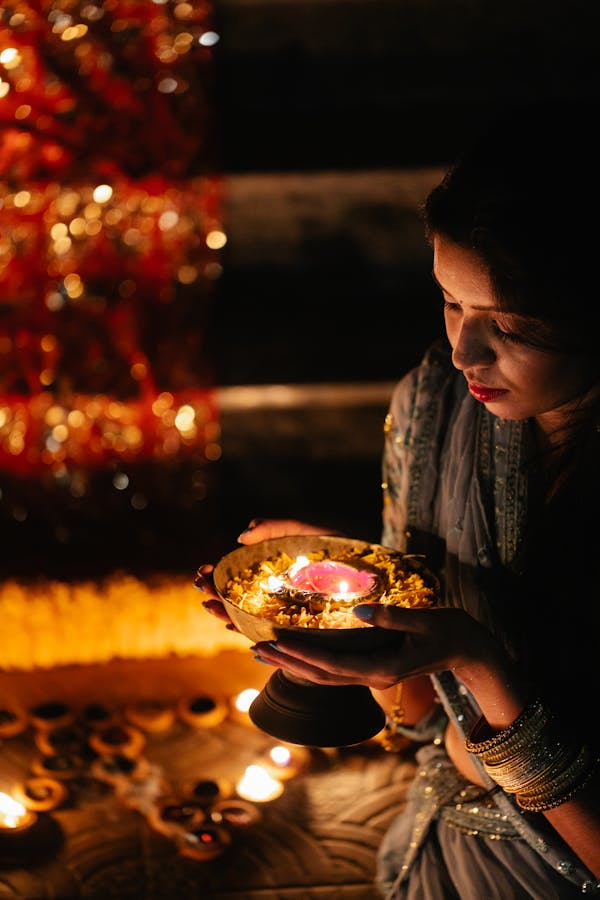
7. Navagraha Puja

8. Vratham

9. Kashi Yatra - The Last Chance of Bachelorhood
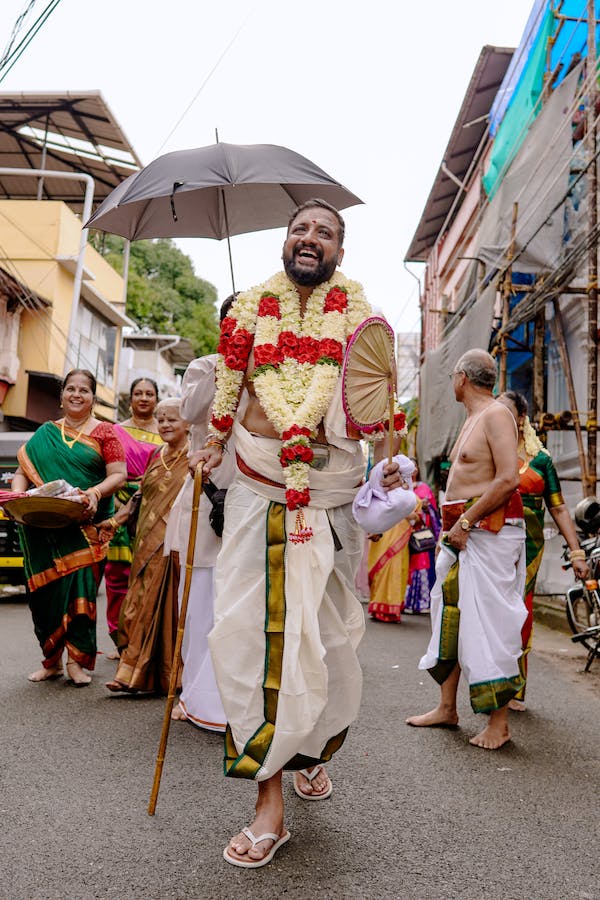
10. Jana Vasam

11. Pada Puja
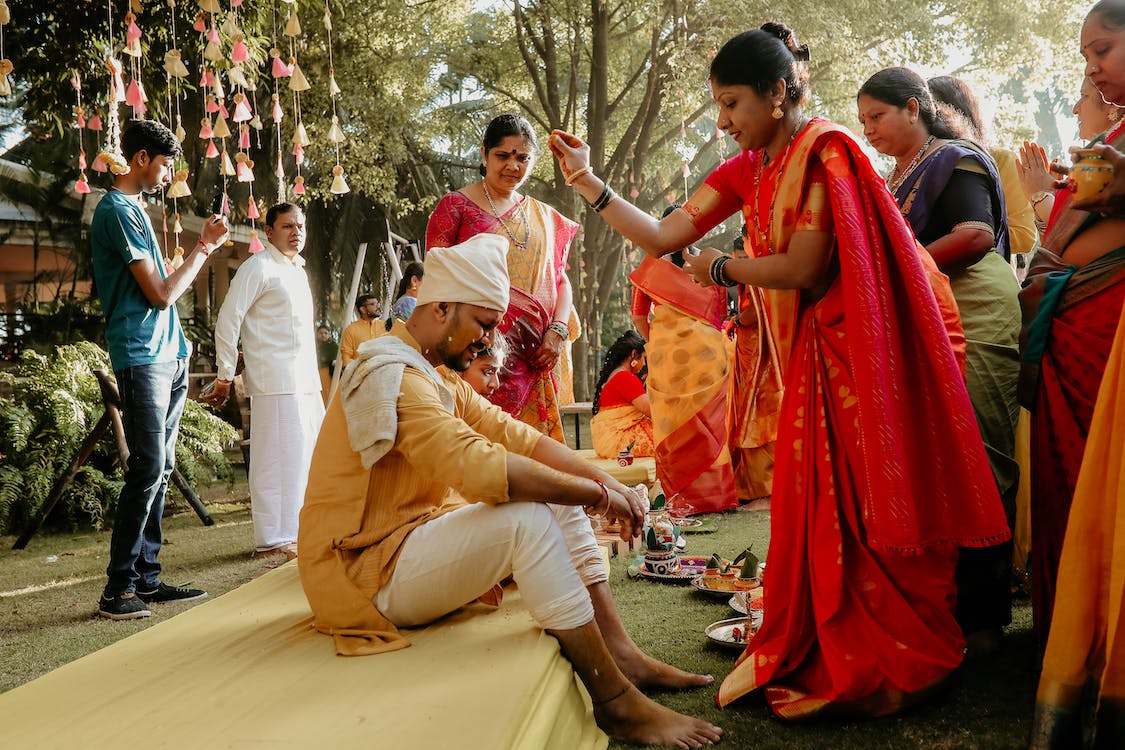
12. Vaaku Nichaya Muhoortham

13. Malai Maatral

14. Oonchal: Swing, Ride, and Singing of Laali
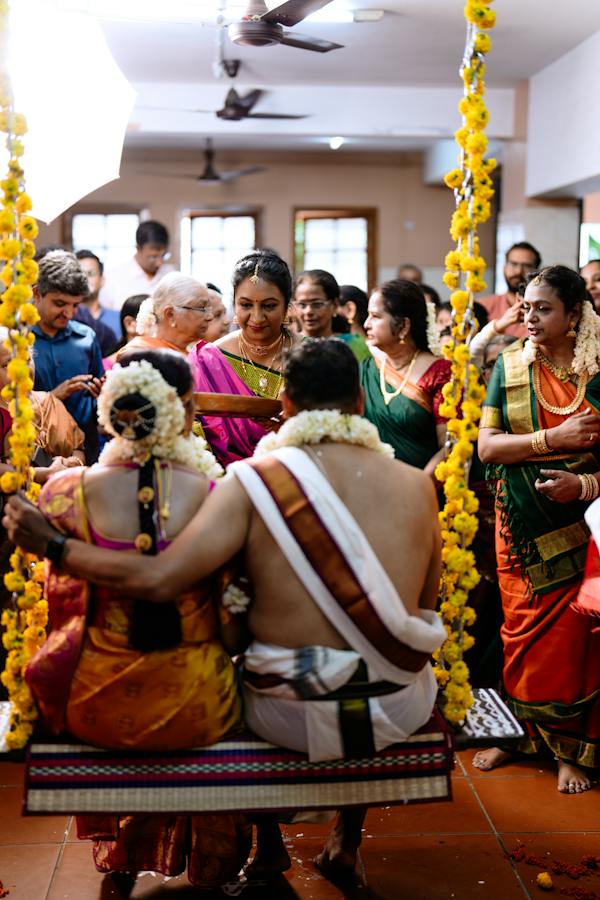
15. Vara Puja

16. Kanyadanam
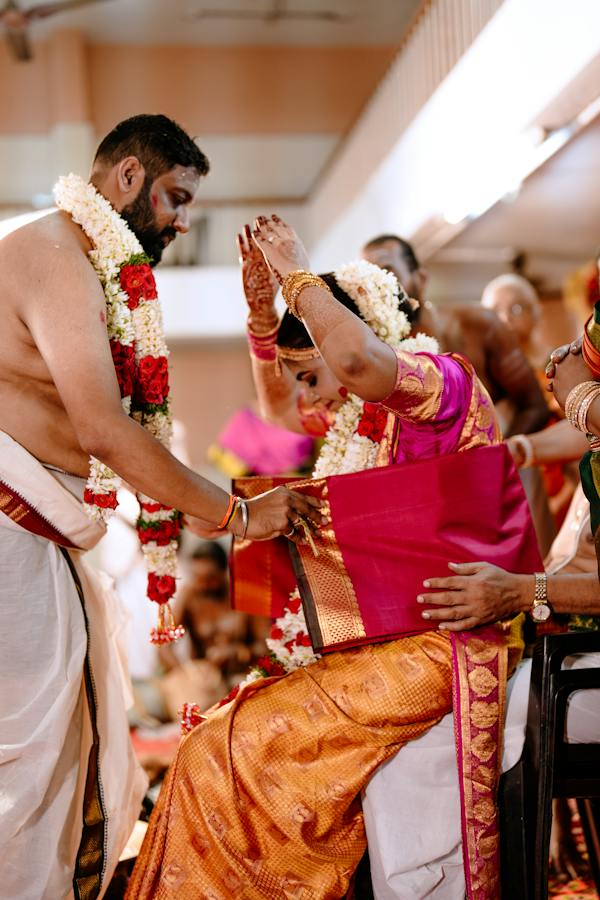
17. The Bridegroom’s Assurance
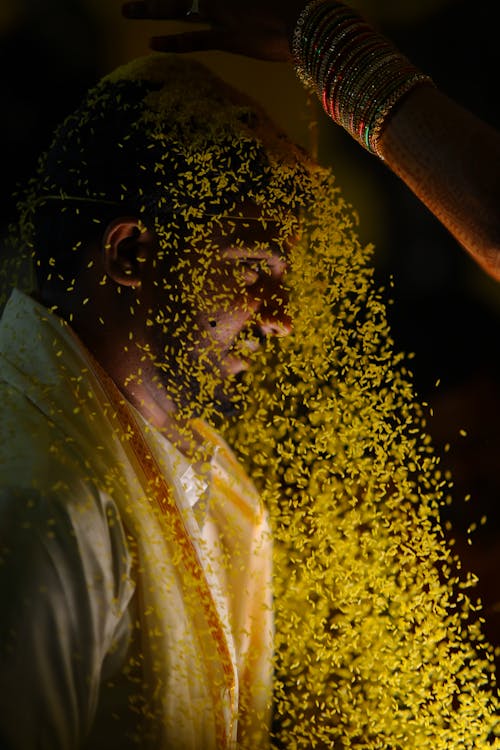
18. Kankanam Dharanam
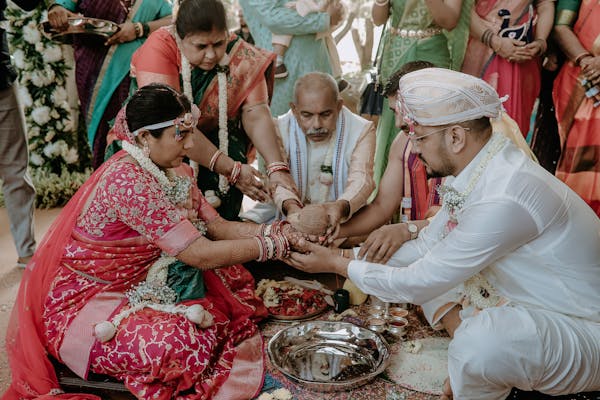
19. Maangalya Dharanam

20. Paani Grahanam

21. Saptapadi
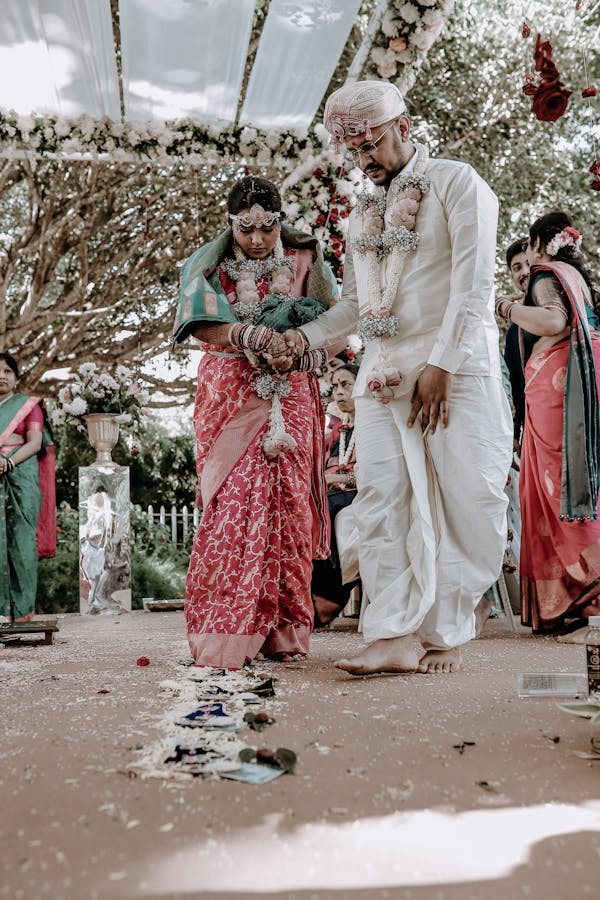
22. Pradhaana Homam
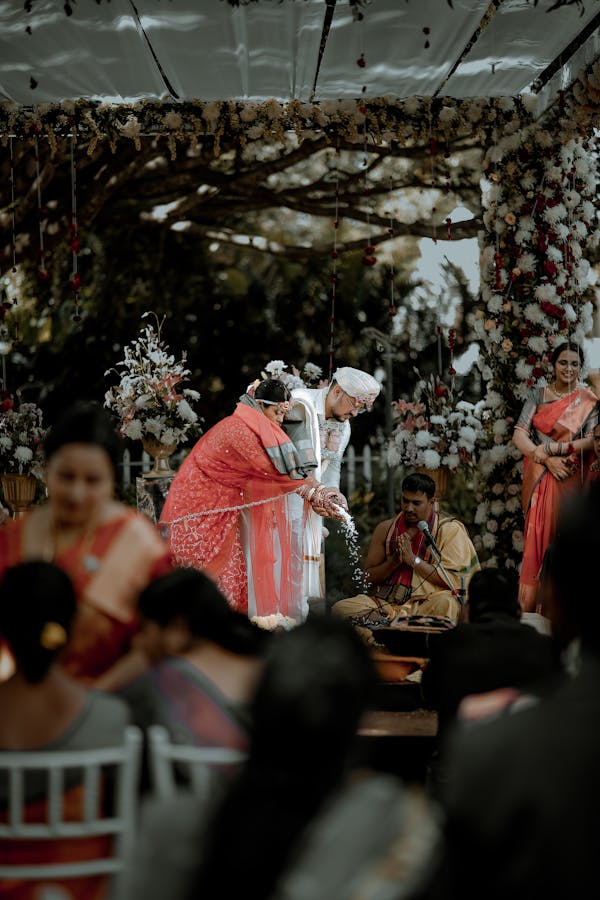
23. Ammi Midithal or Treading on the Grindstone

24. Showing the Arundhati Star

25. Laaja Homam

26. Akshadai Shower or Showering of Rice
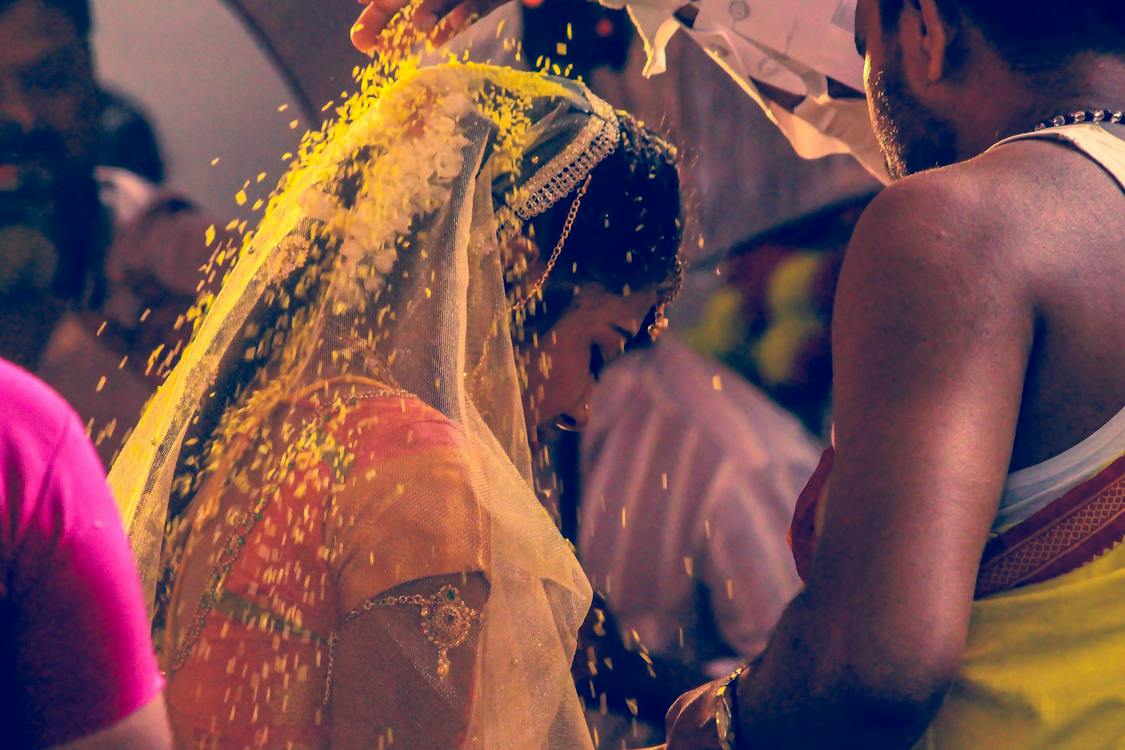
27. Mangala Aarthi
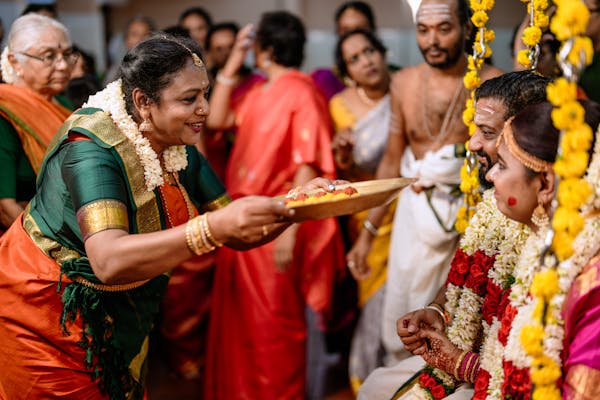
28. Griha Pravesham
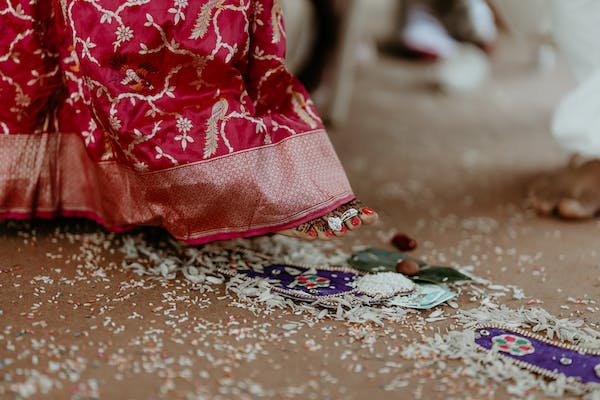
29. Reception
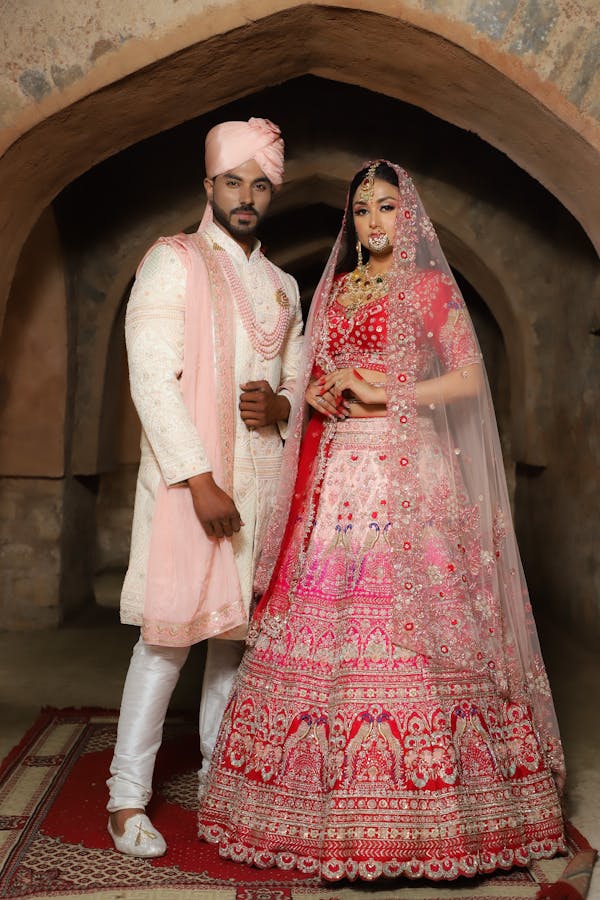
Make your Special Moments Graceful with Mysore Saree Udyog

